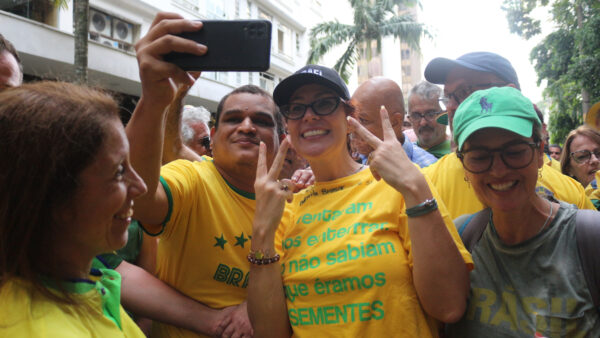
Last year, Brazil tumbled 46 places in the World Press Freedom Index. We fell from 58th place in 2010 all the way down to 104th in 2016. The barometer, which is used to monitor threats to journalists that range from lawsuits to lethal violence, indicated that journalists in Brazil are facing bigger challenges than they had been in years.
Yet tied up in problems of journalist safety is another question concerning media governance, and how private interests tackle topics of public interest. Brazil’s media oligopoly is notorious: only five conglomerates control over half of the country’s 50 main media outlets. No group, however, is as powerful as Globo. Its nightly news program, Jornal Nacional, draws more viewers every night than annual broadcastings of the Academy Awards.
Reporters Without Borders (known by the acronym RSF for its French name) released its analysis of Brazil’s media landscape. The Media Ownership Monitoring report looked at the 26 biggest Brazilian media groups, and their conclusions weren’t surprising. In 1987, Globo alone captured approximately 70 percent of television audiences across Brazil; RSF says that while 70 percent is represented by four groups, Globo still retains half.
Globo,...

 Search
Search






































